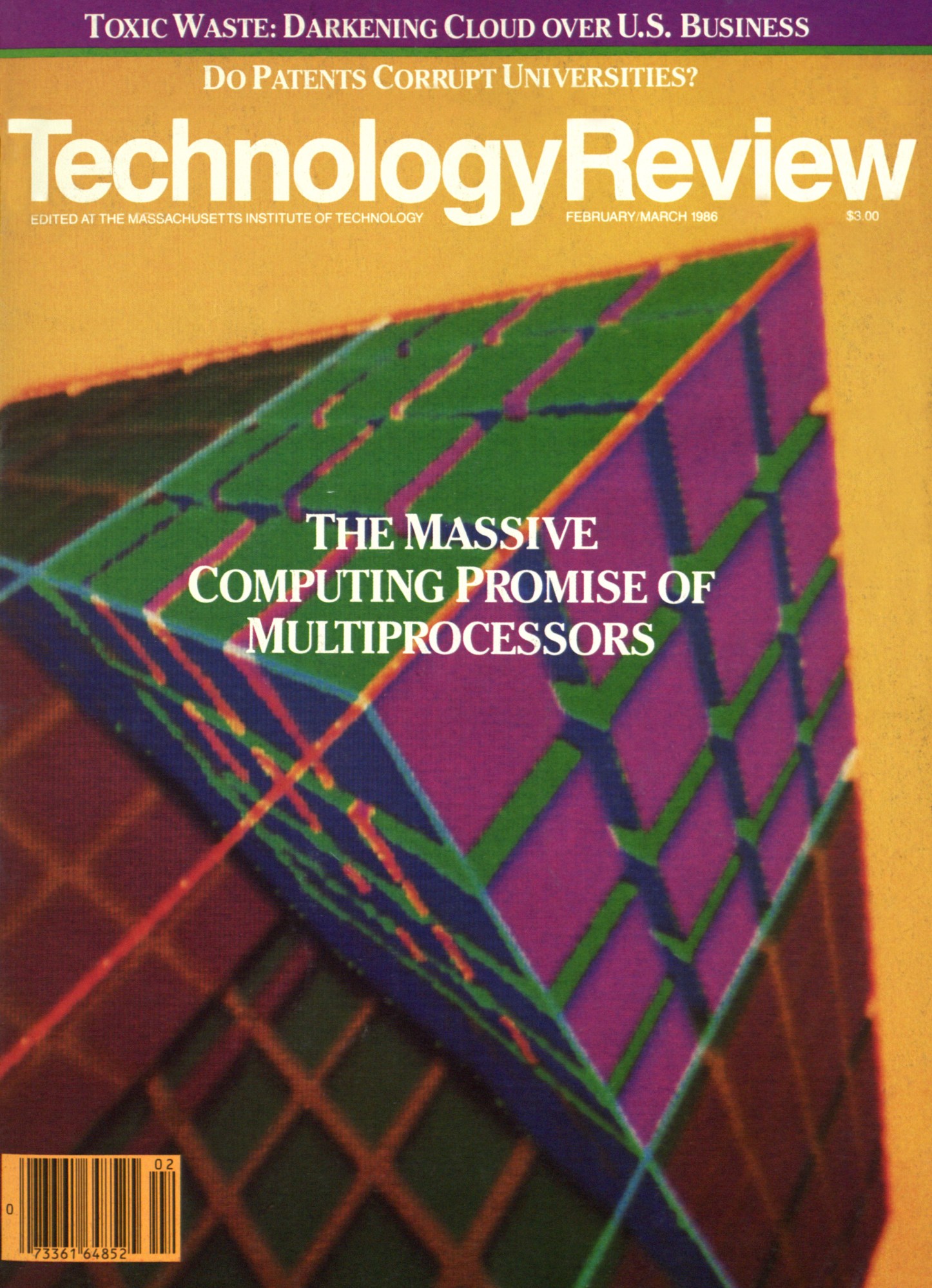February 1969
From “Man, Machine, and Information Flight Systems”: Apollo 8’s flight to the moon involved the acquisition and processing of more information than was used by all warring factions during World War II. The technological breakthroughs in the production of high-performance rocket launchers to the moon are well-known. Incomprehensible, but perhaps of greater importance, is the management of knowledge. The work of thousands of people in real time, with data compiled by many powerful computers, is processed, processed, filtered, and managed through one or three people in the cockpit in clear and melted form. With this knowledge pilots can act with confidence knowing that they are in touch with powerful mental systems and countless memory cells.
February 1986

From “The Multiprocessor Revolution: Harnessing Computers Together”: By using multiple low-cost VLSI processors together as multi-processors we can significantly reduce the cost of computing high-speed computers. Most of us expect the new technology to make our love and ambitions come true: these new machines are able to recognize images, understand speech, and act intelligently. Although anthropomorphic evidence indicates that if computers are to function intelligently, most processors must work together. Consider the human eye, where millions of neurons work to help us see. What arrogant ideas have led us to believe that a single processor that can deliver a few million instructions in a single second would make sense?